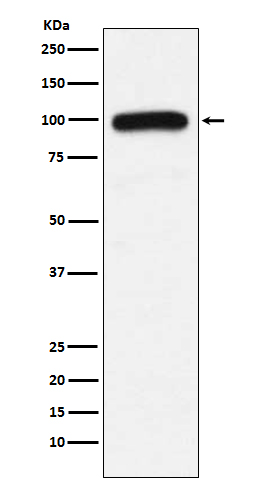E3 ubiquitin-protein ligase which accepts ubiquitin from an E2 ubiquitin-conjugating enzyme in the form of a thioester and transfers it to its substrates (PubMed:
10373495, PubMed:
16772533, PubMed:
19204938, PubMed:
19233847, PubMed:
19325566, PubMed:
19591933, PubMed:
22645313, PubMed:
24273172, PubMed:
24728990). Several substrates have been identified including the ARNTL/BMAL1, ARC, RAD23A and RAD23B, MCM7 (which is involved in DNA replication), annexin A1, the PML tumor suppressor, and the cell cycle regulator CDKN1B (PubMed:
10373495, PubMed:
19204938, PubMed:
19325566, PubMed:
19591933, PubMed:
22645313, PubMed:
24728990). Additionally, may function as a cellular quality control ubiquitin ligase by helping the degradation of the cytoplasmic misfolded proteins (PubMed:
19233847). Finally, UBE3A also promotes its own degradation in vivo. Plays an important role in the regulation of the circadian clock: involved in the ubiquitination of the core clock component ARNTL/BMAL1, leading to its proteasomal degradation (PubMed:
24728990). Acts as transcriptional coactivator of progesterone receptor PGR upon progesterone hormone activation (PubMed:
16772533). Acts as a regulator of synaptic development by mediating ubiquitination and degradation of ARC (By similarity). Synergizes with WBP2 in enhancing PGR activity (PubMed:
16772533).

